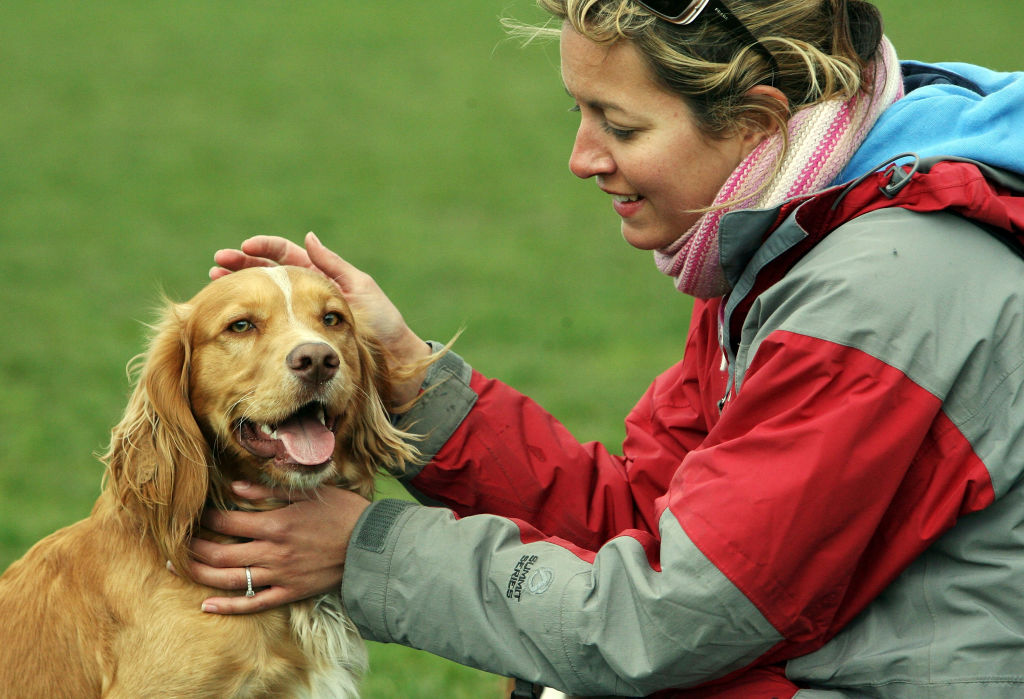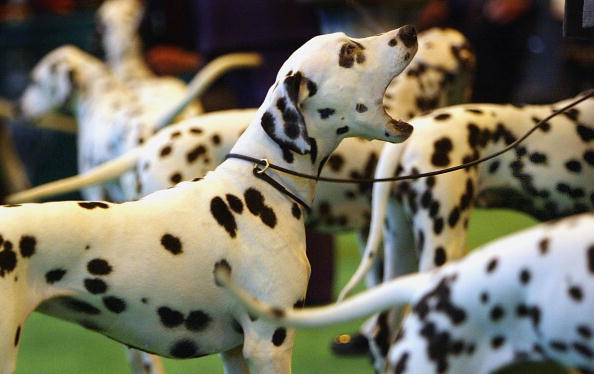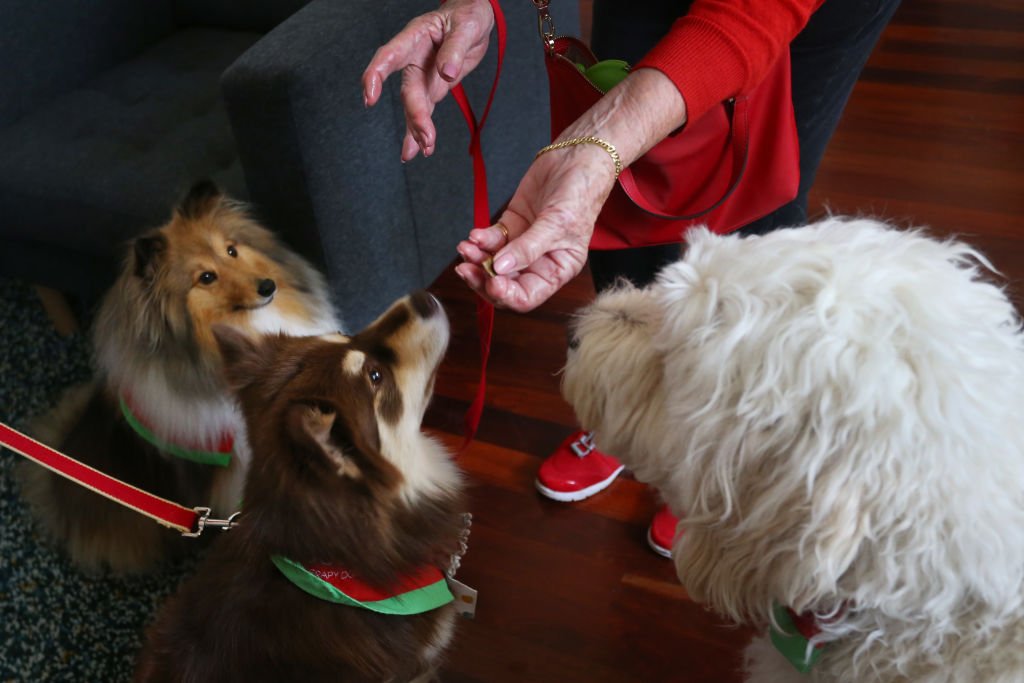National Dog Bite Prevention week is April 9-15. It helps to have tips to prevent dog bites, for both you and the dogs around you.
Puppies are cute, but they have their limits just like we do. We all have personal bubbles and things we are and aren’t okay with. No two dogs are the same. It’s easy to assume all dogs are cool with touch, but if they aren’t, they sometimes resort to biting. It’s nothing personal. They can’t use words, so it’s their way of telling you to back off.
The thing is, as humans, we don’t like to be bitten. If dogs break skin, it may mean all kinds of trouble for human health. It’s important to have a mutual understanding with the dogs in your life so neither of you cross the line that could lead to biting.
Many dog bites can be prevented if you know how to approach a dog properly. It’s also good to know when to leave a dog alone.
With National Dog Bite Prevention week coming up, Dr. Amber Karwacki of Heart + Paw shares 6 tips to prevent dog bites from happening. Dr. Karwacki’s clinical interests include surgery, behavior, and ophthalmology. Understanding dog behavior is crucial when trying to avoid problems with pups!







